|
|

|
  
Features
Update 2021/4/28
WTech
NEW STUDY DEMONSTRATES THE CAPACITY OF FORESTS TO REGENERATE THEMSELVES...
IF WE LET THEM
In June, the UN will officially launch its ‘Decade on Restoration’, a rallying call for the protection and revival of ecosystems around the world. Throughout this year a series of global summits, culminating with the 26th UN Climate Change Conference in November, will set the agenda that will help shape our future and that of our planet. Clear direction and bold action must result from these discussions to protect and restore the greatest nature-based solution of all – our forests. (youtu.be)
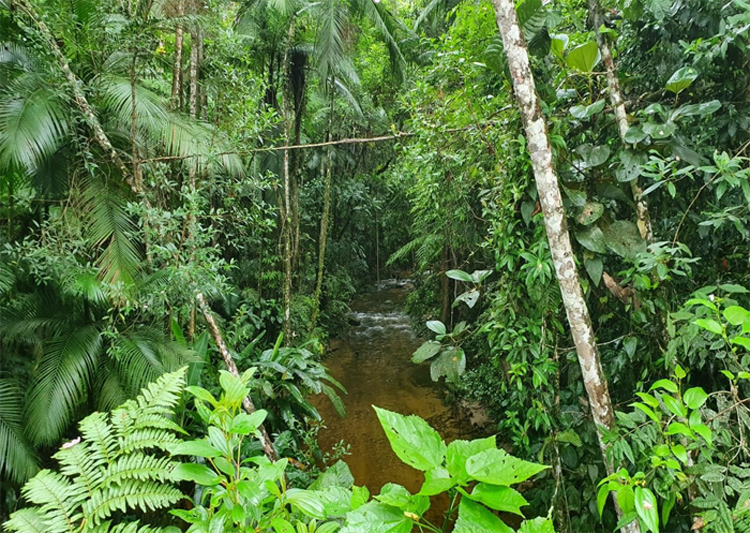
Pristine jungle – Atlantic Forest, Brazil. Forests provide water, food, medicine, and livelihoods to millions of people around the globe. Forests stabilize local weather and global climate.
Intact forests remove 10 billion Tonnes of carbon dioxide emissions every year. Forest ecosystems are home to over half of the world biodiversity, and 80% of all biodiversity on
land. Photo Courtesy WWF
Trillion Trees is a joint venture and shared vision of BirdLife International, Wildlife Conservation Society (WCS), and World Wildlife Fund (WWF). The partnership grounded in science and with decades of experience is focused on three imperatives for trees.
WATERTODAY reached out to the team at Trillion Trees based in the UK.
“Our aims are to improve forest protection, advance restoration, and end deforestation,” Melissa Annetts told us.
“This study was designed to help inform forest-restoration plans across the globe.”
In order to identify areas of forest that have undergone successful regeneration, remote sensing analyses were combined with feedback from experts.
“We received feedback from 29 countries and across 124 different sites in 13 ecoregions. Multiple land use and land cover datasets, as well as remote sensing products were used to identify areas that were (1) non-forested before 2000; (2) showed an increase in forested area between 2000 and 2015; and (3) remained forested from 2015 to 2018. Plantations were excluded.”
The Trillion Trees Map of Regeneration Hotspots represents the first thorough effort to track natural forest expansion.
According to new analysis nearly 59 million hectares of forests – an area larger than France – has regrown since 2000. This area of forest has the potential to store the equivalent of 5.9 gigatonnes of CO2 – more than the annual emissions of the U.S.
The study points to the Atlantic Forest in Brazil as one of the success stories for regeneration, where an estimated 4.2 million hectares has regrown since 2000, through a combination of planned projects to restore the forest, more responsible industry practices and other factors including migration towards cities.
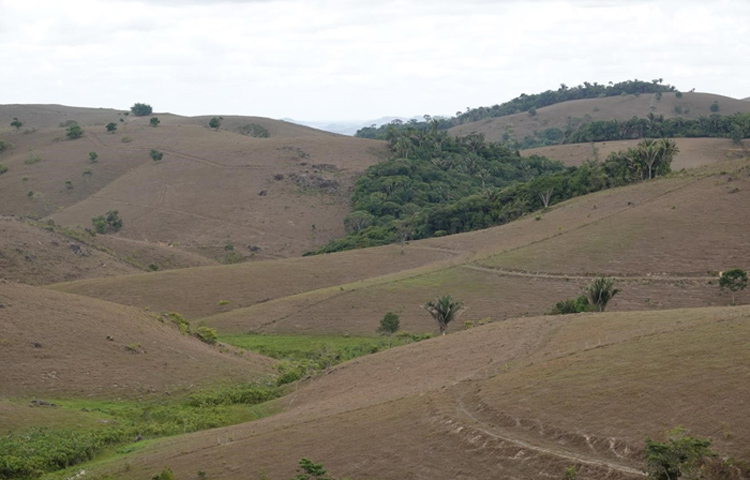
Deforestation of Atlantic Forest, Brazil Photo WWF
“Thanks to site-specific surveys from experts, we can start to understand the local parameters that may have allowed or encouraged natural regeneration.” Successful regeneration depends on two key factors:
- Local Protections: the establishment and effective management of protected areas
- Agricultural Transition: a change in land-use, notable a decline in agricultural pressure, allowing trees to grow
“However, the situation on the ground is complex and there can be a number of different reasons and factors contributing to forest regrowth, depending on the circumstances in the region. Planned projects to restore the forest, more responsible industry practices, government designation of protected areas and other factors such as climate events and migration trends toward cities can all result in areas of forest regrowth.”
In the boreal forest of Mongolia’s northern wilderness, the study suggests that 1.2 million hectares of forest have regenerated in the last 20 years, in part thanks to the work of Trillion Trees partner WWF, and increased emphasis from the Mongolian government regarding protected areas.
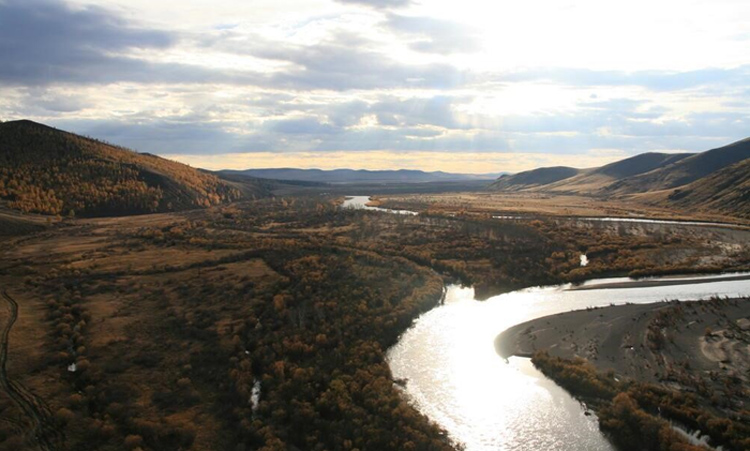
More than 3.2 million acres now designated as national protected areas in Mongolia spans 8 provinces, including 2.5 million acres of freshwater ecosystems. These protections prevent mines, dams and other development that would pollute, fragment, an alter the natural flow of nutrients and resources throughout the region. Photo WWF
Other regeneration hotspots include central Africa and the boreal forests of Canada.
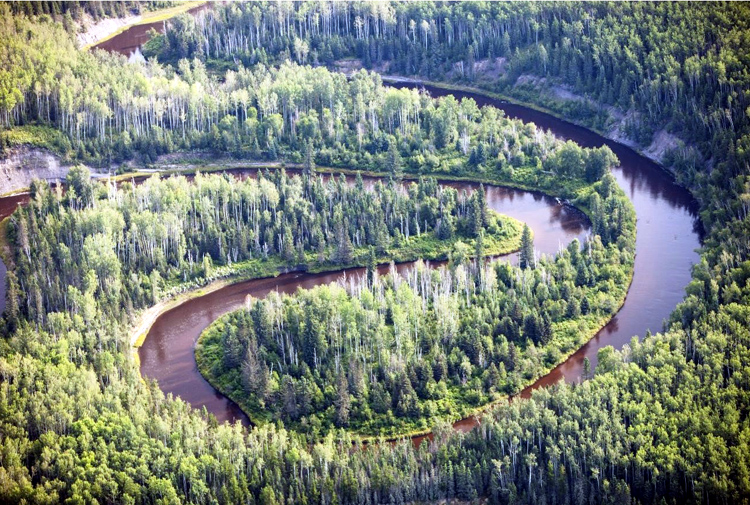
Boreal Forest in northern Alberta near Fort McMurray Photo Courtesy WWF
“The science is clear: if we are to avoid dangerous climate change and turn around the loss of nature, we must halt deforestation and restore natural forests.
“We’ve known for a long time that natural forest regeneration is often cheaper, richer in carbon and better for biodiversity than actively planted forests, and this research tells us where and why regeneration is happening, and how we can recreate those conditions elsewhere.
“But we can’t take this regeneration for granted – deforestation still claims millions of hectares every year, vastly more than is regenerated. To realize the potential of forests as a climate solution, we need support for regeneration in climate delivery plans and must tackle the drivers of deforestation.” -- William Baldwin-Cantello, Director of Nature Based Solutions, WWF-UK
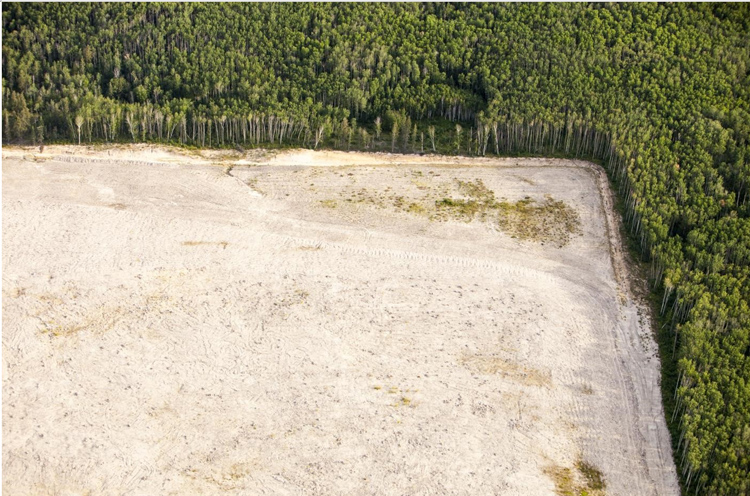
Boreal Forest trees clear felled to make way for new tar sands mine near Fort McMurray, Alberta Photo WWF
Trillion Trees states that the researchers acknowledge the limitations of working from remote sensing data and are seeking further input to deepen their understanding of the conditions that led to regeneration.
“Globally we are still losing forests at a terrifying rate, much faster than we are able to restore them. Studies have shown that between 2001 and 2019 – a similar time period to this study – 386 million hectares of tree cover were lost worldwide. That’s over seven times the area of naturally regenerated forest identified in the research.
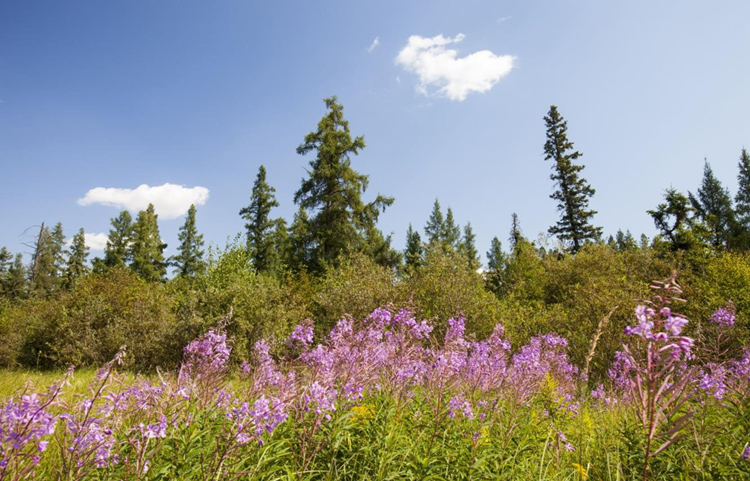
Forest regeneration sounds simple; let Nature take the lead. some areas need nothing more
than to be left alone, to begin regenerating, while others need active encouragement to grow
back, depending on the condition of the soil and the local land use. Boreal Forest north of Fort McMurray Photo WWF
“Even though this is an exploratory effort, it still highlights the potential that enabling and consolidating regeneration has for mitigating climate change and securing biodiversity benefits.” -- Naikoa Aguilar-Amuchastegui, Senior Director of Forest
Carbon Science at WWF-US, who led the data analysis team
suzanne.f@watertoday.ca
|
|
|
Have a question? Give us a call 613-501-0175
All rights reserved 2025 - WATERTODAY - This material may not be reproduced in whole or in part and may not be distributed,
publicly performed, proxy cached or otherwise used, except with express permission.
|
| |